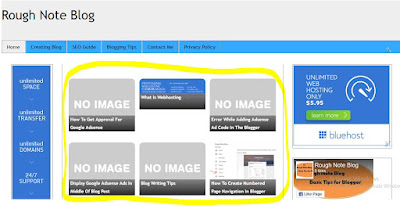How to Identify and Remove Spam Content from Your Website
How to Identify and Remove Spam Content from Your Website
Here’s a step-by-step guide on how to identify and remove spam content from your website:
1. Look for Keyword Stuffing
Spam content has forceful keyword stuffing, it uses the same keyword in repetition hoping to cheat its way into search results.
Identify: Go through your web pages and check if you have overused or misused the keyword. If it sounds unnatural or causes repetition, then it is probably spammy.
Sometimes that means making it sound familiar and natural, only longer. Keep readable and use variants of the keywords (synonyms)
2. Check for Low-Quality Links
Such spammy sites have a lot of outbound links pointing to other low-quality or non-relevant websites (sometimes even within properly hidden text or footer).
Identify — Use a site auditing tool eg google search console, or onemoretrial tools like my SEMrush to see if you have high-quality links from very authoritative sites pointing in your direction. Look for connections to sites that are spammy or irrelevant.
The solution: cancel the spammy links, or disavow them. Link to trusted and relevant sources that are inline with your content
3. How to Use Social Listening: Monitor User-Generated Content
Consider something like if your website allows user-generated material (like comment sections or guest posts), fake reviews, comments, or posts can pop out as spam.
Identitification: Flag actual posts or comments with promo links, repetitive text, and either off-topic or spambait content.
Moderate the content — manually moderate comments or implement plugins (for instance, an anti spam plugin like akismet wordpress to bar spam comments and posts) Use CAPTCHA or human verification
4. Use Google Search Console
Google Search Console can warn you about security issues like spammy content or hacked pages.
Identification: Look for spam or hacked content warnings in the Security & Manual Actions tab
Solution: Take Google's advice to clean up your site and then submit your website for review after spam removal.
5. Look for Thin Content
Spammy content is what Google calls “thin” — lacking real substance and value to the reader, often with a lot of fluff or machine-generated text.
Identification: Review your pages and note any content that appears to be low value, thin, or a duplication of information available elsewhere.
Solution: Eliminate the thin content or rewrite it so that users get real value from it.
6. Look for Hidden Text or Hyperlinks
They may hide text, links by making them the same color as background or placing in off-screen areas.
Identification: Check your web pages for hidden elements using Inspect in your browser.
Solution: Avoid hidden text or linking that does not add value to the customer experience.
7. Use Website Security Tools
Spammy content can also result from hacking — when a bad guy has injected spammy code into your site.
Identification: You can use tools for website security (like Sucuri or Wordfence) to scan your site and find if something fishy like a malicious script is running or some unusual activity is running on the site.
Solution: Eliminate any malicious code and secure your site with frequent updates, security plugins, etc.
8. Review Your Site’s Analytics
Traffic data can indicate spam when the amount of traffic suddenly spikes from irrelevant sources.
Identification: Look for unusual behavior in your traffic on your analytics platform, such as spikes in bounce rates or traffic from countries that your buyers don't cover.
Solution: Find out where the traffic coming and delete all pages you have that pushing spammy behavior.
9. Remove Auto-Generated Content
Spam often comes from automated content generation.
Identification: Find pages that appear to be automated, have no logical structure, or are mere repetitions without providing value.
Solution: Replace the automated content with high-quality human-generated information.
10. Prevent Future Spam
Once your site is cleaned up, use continuous monitoring:
Employ Plugins and Tools Against Spam.
Conduct periodic audits of your website content and links.
Make sure your website is safe from hackers.
A clean, spam free site will not only boost credibility and search engine rankings of your site but it will also enhance user experience!






Comments
Post a Comment